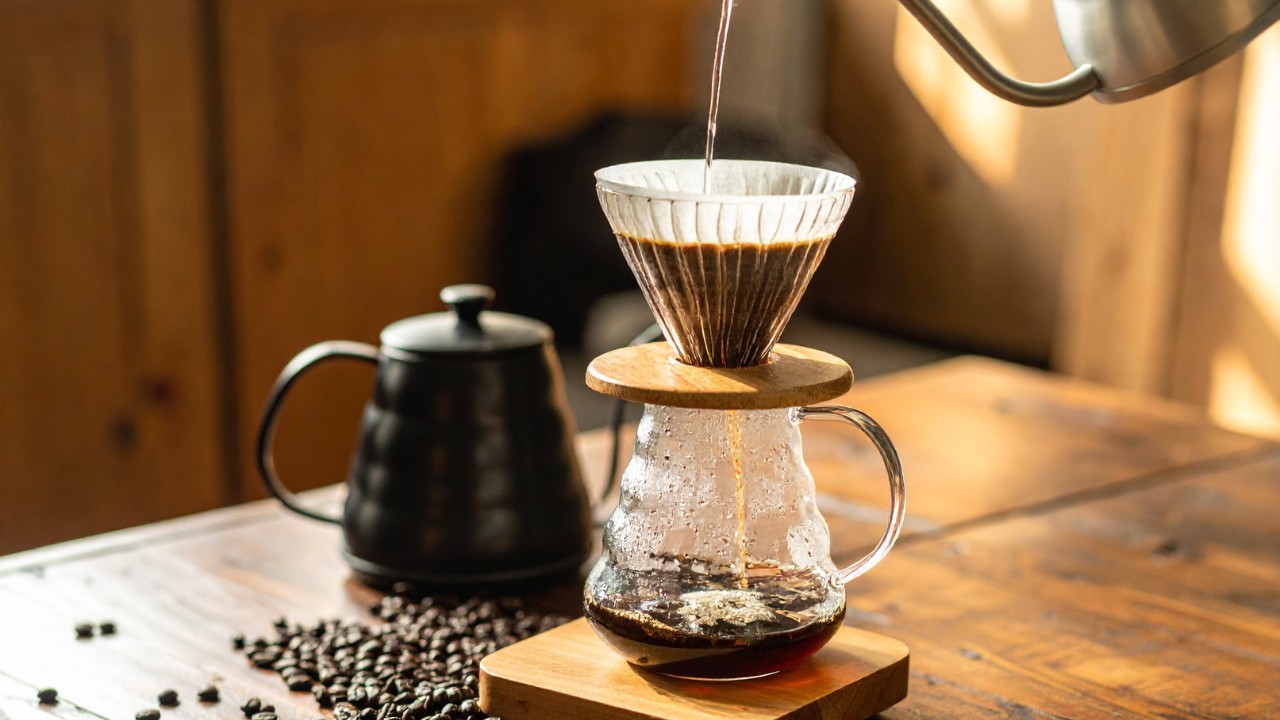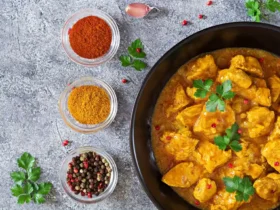Coffee has a way of bringing people together. For some, it’s the quiet moment before the rush of the day; for others, it’s the excuse to sit with friends and talk for hours. Whatever it means to you, there’s no denying that a good cup of coffee can lift your spirits and sharpen your focus. The best part? You don’t need to be a barista to make café-worthy coffee at home. With the right beans, a little knowledge, and some simple recipes, you can transform your daily brew into something extraordinary.
Why Learning Coffee Recipes at Home Matters
Sure, it’s easy to grab a latte on the go, but making coffee yourself means you control every detail—strength, sweetness, texture, and flavor. Plus, you save money, reduce waste, and can experiment endlessly until you find your perfect cup. The more you explore, the more you appreciate the complexity of coffee—how beans from one region taste fruity, while others lean nutty or even spicy.
Four Coffee Recipes Worth Trying
1. Classic French Press Coffee
The French press is a timeless method, loved for its simplicity and the rich, bold flavors it brings out.
You’ll need:
- 2 tbsp coarsely ground coffee per 8 oz cup
- Fresh, hot water (just off the boil)
- A French press
Steps:
- Add the grounds to the press.
- Pour in hot water slowly, saturating the coffee evenly.
- Stir gently with a spoon to mix.
- Place the lid on and let it steep for 4 minutes.
- Press down slowly, pour, and enjoy.
Tip: If you want a smoother cup, try pouring through a paper filter after pressing. This removes some of the oils and sediment, giving you a cleaner flavor.
2. Cold Brew Coffee
When summer hits, cold brew becomes a lifesaver. It’s smooth, refreshing, and less acidic than hot-brewed coffee.
You’ll need:
- 1 cup coarsely ground coffee
- 4 cups cold water
- A large jar or pitcher
Steps:
- Combine the coffee and water in your container.
- Stir to make sure all grounds are soaked.
- Cover and refrigerate for 12–18 hours.
- Strain through a fine mesh sieve or coffee filter.
Serving ideas: Pour over ice with a splash of cream or oat milk. For a sweet twist, add vanilla syrup or caramel drizzle. If you prefer sparkling drinks, top with a splash of tonic water for a trendy “coffee spritzer.”
3. Homemade Mocha
A mocha blends coffee and chocolate into one indulgent drink. It’s perfect for mornings when you want dessert with your caffeine.
You’ll need:
- 1 shot of espresso (or ½ cup strong coffee)
- 1 tbsp unsweetened cocoa powder
- 1 tbsp sugar (or sweetener of choice)
- 1 cup steamed milk
- Whipped cream (optional)
Steps:
- Mix cocoa powder and sugar with a little hot coffee to form a smooth paste.
- Add the rest of the coffee or espresso.
- Pour in steamed milk and stir well.
- Top with whipped cream and a sprinkle of cocoa powder.
Variation: Add a dash of peppermint extract in winter for a holiday-style peppermint mocha.
4. Whipped Coffee (Dalgona Style)
This recipe became a global sensation for good reason—it’s quick, creamy, and Instagram-ready.
You’ll need:
- 2 tbsp instant coffee
- 2 tbsp sugar
- 2 tbsp hot water
- 1 cup cold or hot milk
Steps:
- In a bowl, whisk instant coffee, sugar, and hot water until thick and frothy. This takes about 3–5 minutes by hand or 1 minute with an electric whisk.
- Fill a glass with milk.
- Spoon the whipped coffee mixture on top.
Tip: Stir before drinking to blend the frothy topping into the milk. For variety, sprinkle cinnamon or nutmeg on top.
Understanding Coffee Beyond the Recipe
Every bean has a story. Arabica beans, known for their smooth, delicate flavor, are often grown at higher altitudes. Robusta beans, bolder and higher in caffeine, thrive at lower altitudes and bring more intensity. Roast levels also shape your cup: light roasts showcase floral or fruity notes, while dark roasts lean toward chocolate and caramel richness.
Brewing is equally personal—whether you like the clarity of pour-over, the boldness of espresso, or the convenience of a drip machine, each style unlocks something different in the beans.
And don’t forget the health perks: moderate coffee drinking has been linked to improved alertness, antioxidants, and even reduced risk of certain conditions according to studies shared by the Harvard School of Public Health.
Choosing Quality Beans
The biggest secret to good coffee isn’t fancy equipment—it’s the beans. Freshness is critical. Look for roasters that list the roast date, not just an expiration date. Buy whole beans if you can, and grind just before brewing for maximum flavor.
Small-batch roasters are often the best choice because they focus on craft and transparency. A great example is Chronic coffee, a Swiss specialty roastery. They roast organic, Fairtrade beans slowly in small batches, highlighting unique flavors from regions like Guatemala and Colombia. Their approach avoids capsules and mass production, focusing instead on authenticity and respect for both producers and drinkers.
Final Thoughts
Brewing coffee at home is part science, part art, and part personal ritual. Once you know a few recipes and understand the basics of beans and brewing methods, you can turn your daily cup into something much more than fuel. Whether you’re sipping a bold French press, cooling off with a homemade cold brew, or indulging in a whipped coffee, each cup can feel like a small celebration. And with access to fresh, ethically sourced beans from roasters around the world, your next favorite coffee is only a brew away.







